Did you know that your abdominal muscles may not be strong even if you are performing core exercises?
Poor body mechanics and poor posture can greatly contribute to pre and postnatal discomfort and core dysfunction. For a balanced body throughout your pregnancy and throughout your life, various muscles should work in harmony for your pelvic floor to function well. Performing a bunch of Kegel exercises may only help you from holding in that “sneeze pee” temporarily.
Imagine standing with a posterior pelvic tilt (your buttocks tucked under).
This woman likely has tight pelvic floor muscles, muscles that when inflexible are not functional muscles. During labor, these muscles need to relax, and after labor, they need to fire properly for various practical reasons. This is the muscle group that helps you to control your urine. This is also the muscle group that, when functioning well, makes sexual intercourse more enjoyable.
Travel up the torso, and this woman’s ribs aren’t stacked over her pelvis. In-between the imbalanced pelvis and ribs is the abdominal core. Because of misalignment, the abdominal muscles are both pulled and shortened, leading to dysfunction.
Stacking the joints is a great first step to a healthier core—a healthier you. Imagine it’s you starting with a clean slate. From a stance of proper alignment, you then can move with the ability to employ the correct muscles. Pilates uses a lot of imagery.
I tell my clients to imagine that they are a hanging fruit basket, the head the first, the ribcage the second, the stomach the third, and the pelvis the fourth basket. If properly stacked, all of the baskets will balance
with ease.
I have worked with a number of postpartum clients who experienced “sneeze pee” after giving birth. They came to me because they’d been instructed to perform Kegel exercises yet weren’t getting better. With hip strengthening, such as gluteal work (squat, squat, squat!) and postural work, their bodies responded well. The pelvic floor consists of two types of fibers, slow twitch and fast twitch. Therefore, it’s good to practice both the quick “flicking” contraction and the slow contraction, like the rise of an elevator.
The Kegel work was performed in conjunction with other muscles in various exercises, resulting in a stronger and more functional core from the pelvis up through the trunk. The harmony of muscles engaging together is like listening to a well-tuned orchestra. You deserve to feel like your best, well-tuned self.
MEET SANDRA SPRINGER
Sandra is a Pilates Master Trainer and Rehabilitation Specialist. Beyond her Pilates rehabilitation and fitness certifications, Sandra studied prenatal Pilates extensively and Pilates for diastasis recti. Sandra works with spinal injuries and repetitive strain injuries, as well as clients in stages from pre- to post-surgery, including Cesarean.
Sandra focuses on inefficient patterns of movement and imbalances so that clients can not only gain awareness about their bodies, but also integrate the lessons into their daily lives.
In her prenatal Pilates courses, she tailor exercises to each client’s needs as the group classes are small—only three per class. The classes were developed to safely move you through each trimester. You will be exercising with other moms-to-be while both relaxing and strengthening your body during incredible, life-changing time!
Beyond pilates, Sandra is a lauded writer, earning a Fulbright Scholarship and the Joseph Henry Jackson Award.

